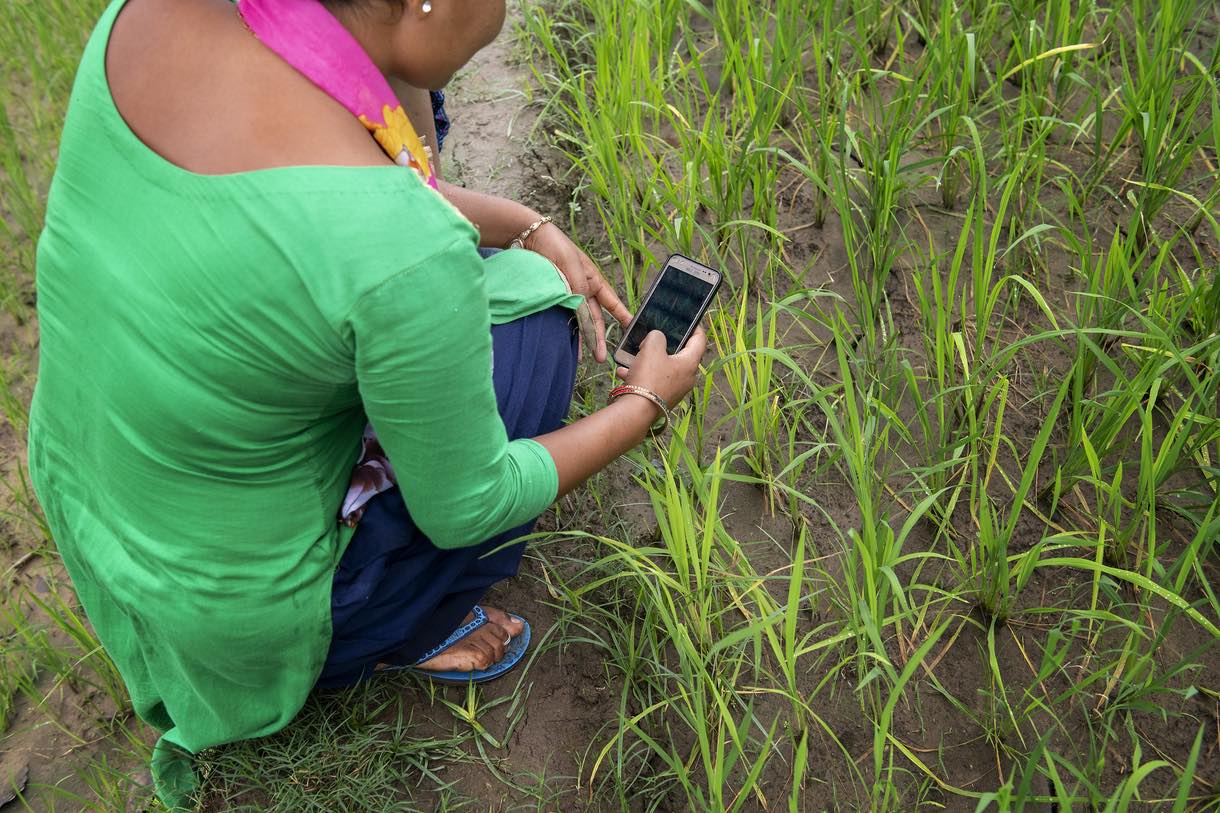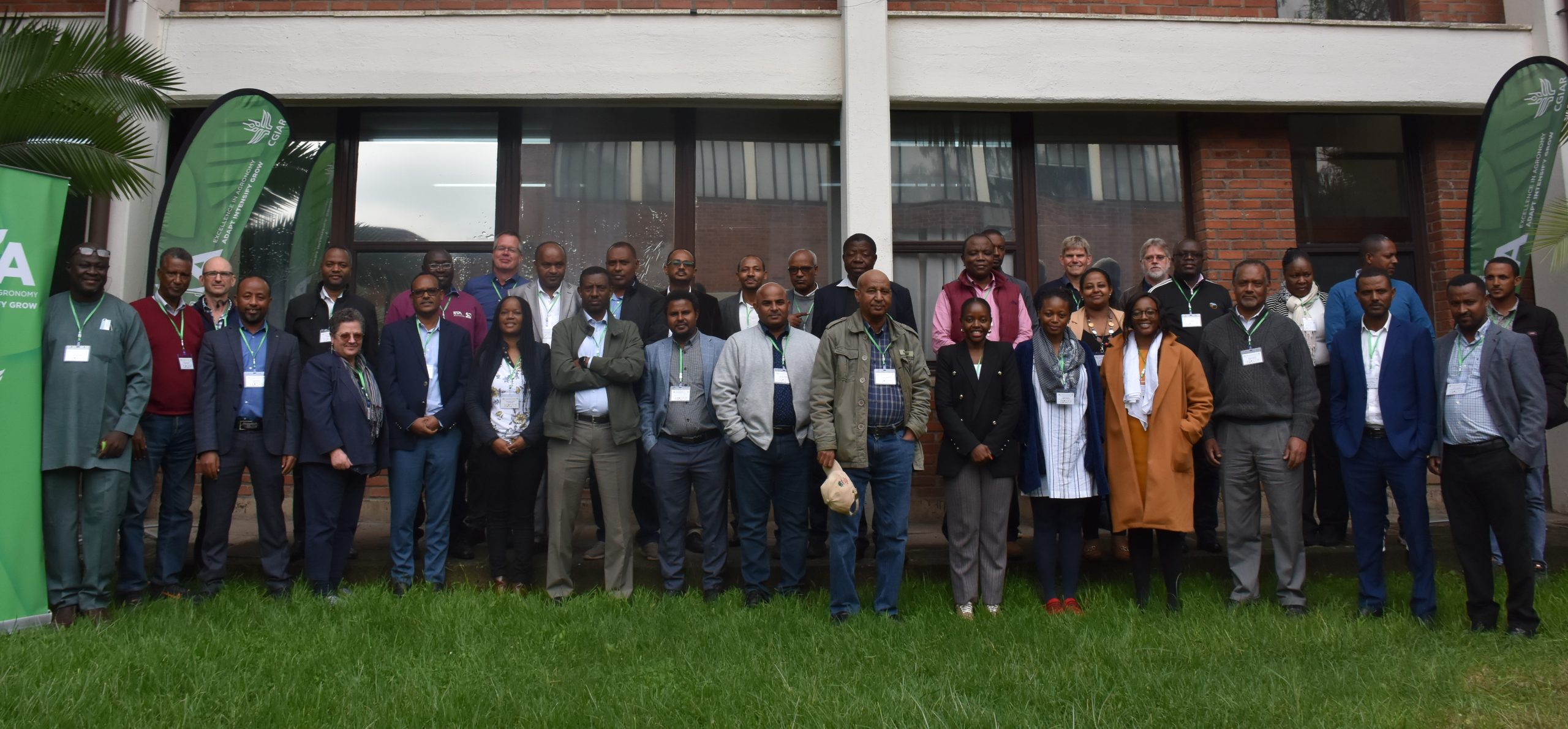Ouattara Ali grows rice and maize on a small parcel of land in a village on the outskirts of Bobo Dioulasso, Burkina Faso’s second-largest city.
In the eight years since he began farming, he has faced significant challenges because he depends on traditional practices. Other smallholders in the community are in a similar situation, which limits their ability to realize greater prosperity.
A steady trickle of young adults is leaving the area to find work in the city as an alternative to the difficulty of trying to make ends meet on limited hectarage, coping with erratic harvests and with no guarantee of long-term financial stability.
This story is not unique to Ali and his community – it is familiar across Burkina Faso and other nations where the problems of food security, reliable employment, and dependable income limit economic development in rural areas.
Mechanization as a business
To help communities tackle these challenges, in 2014 Germany’s Federal Ministry for Economic Cooperation and Development (BMZ) created the special initiative One World No Hunger, which launched Green Innovation Centers for the Agriculture and Food Sector (GIC) in 14 countries in Africa and two in Asia. In Burkina Faso, the GIC focuses primarily on the sesame and rice value chains in the Hauts-Bassins, Cascades, Boucle du Mouhoun, and Sud-Ouest regions.
These initiatives include the introduction of mechanized agricultural practices that can increase yields of maize, rice, and other crops. In connection with GIC, farmers like Ali have used machines across the full agricultural value chain – from seed development to post-harvest – to improve their own crop yields. Mechanization has also enabled them to offer their services for hire to other farmers in the area.
Mechanization is a significant economic driver for boosting development of farm areas, but to achieve sustainable success and maximize the ability to bring transformative change to communities, business model development must be a critical focus area.
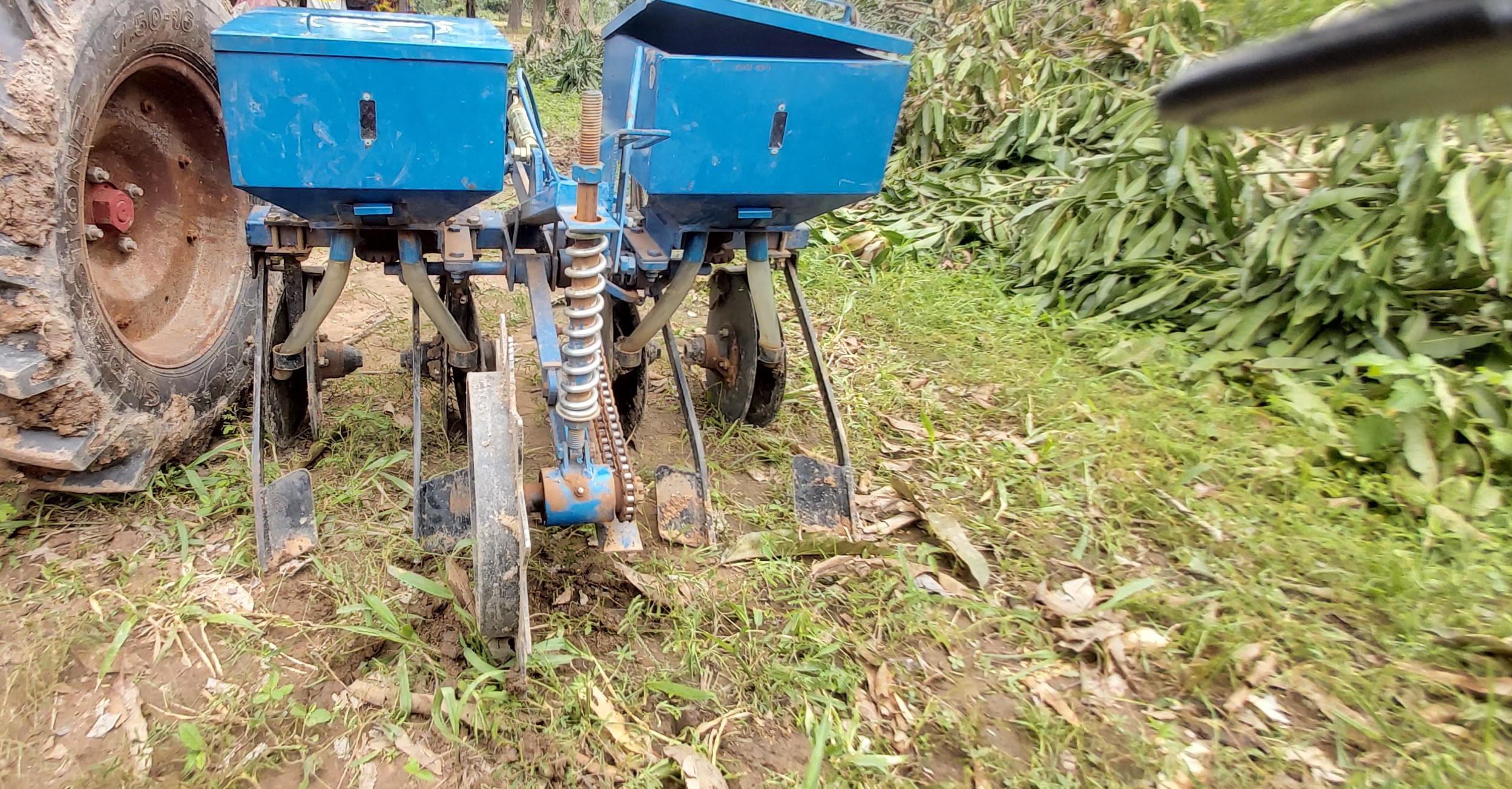
In August, the International Maize and Wheat Improvement Center (CIMMYT) and Deutsche Gesellschaft fuer Internationale Zusammenarbeit (GIZ) GmbH, collaborated with the United Nations Food and Agriculture Organization (FAO) and Germany’s University of Hohenheim to host a webinar on business models for agricultural mechanization projects. Joining the conversation were 48 participants from countries including Burkina Faso, Nigeria, Benin, and Vietnam.
During the webinar, FAO Senior Consultant Karim Houmy presented research on business models from two case studies of agricultural mechanization hire services in sub-Saharan Africa. Houmy found five basic types of business model, each with its own structure, complexity, and requirements, but he also outlined common features that characterize all successful models.
Many models, a few key principles
The basic business model for agricultural mechanization involves a farmer who uses machinery on their own crops, and then subsequently provides the same services to neighboring farmers. This model is probably the simplest and least expensive. Any smallholder who can procure the necessary machinery, parts, and training can launch this small business, generate additional income, and help neighbors increase their yield. This model also has limits, however, as it restricts farmers to a relatively small footprint of clients whose farms are located near the service provider.
At the other end of the scale is an enterprise model where an entrepreneur does not own any farm machinery but uses mobile phones and geographic information system (GIS) technology to connect farmers with service providers. This model provides a much greater geographical scope as well as greater opportunities for growth and innovation. It also adds layers of complexity that require a network of intermediaries – from machinery dealers and mechanics to booking agents – and bank financing.
The more diverse in operational offerings a business model is, the more promise it holds for generating economic growth and food security. This occurs by spreading activity across a wider geographic region, providing yield-increasing services for more farmers, employing more workers, and generating increased demand up and down the supply chain.
In addition to laying out the range of business models in operation today, Houmy identified success factors important for all, including long-term access to financing and local infrastructure, both of which are structural issues that entrepreneurs have less immediate control over. GIC works to address this shortcoming by involving a broad range of stakeholders, including government actors, in addressing issues of sustainability.
Houmy encouraged entrepreneurs to focus on areas like cultivating a skilled staff, building close links with processors and aggregators, and diversifying the services they offer. This sort of business model training can translate into significant improvements on the ground.
Building a business
Life began to change dramatically for Ali when his local agricultural bureau connected him to the GIC in his area.
Through his relationship with GIC, Ali gained access to some basic mechanized farming equipment, including disc plows, harrows, and planters, which revolutionized his work. He now prepares his rice and maize fields more quickly and evenly. He plants them more efficiently and spends less time harvesting while producing equal and sometimes higher yields. To support this transition, GIC provided training in agricultural mechanization, seed production, and financial management.
Initially, Ali sustained an injury while using a harrow and trailer. Thankfully, this did not slow him down for long, he said. He learned how to regularly tighten components of the machine to avoid further injuries and other safety problems.
Soon, Ali began using his machines to provide services to his neighboring farmers as well, helping them with land preparation, transportation, and planting.
Today, 22 local farmers use Ali’s services, and his community is experiencing the benefits. Less time is spent on planting and harvesting while agricultural yields are increasing. Mechanization marked a sharp decline in the drudgery associated with farming tasks, especially for the area’s youth and women.
Ali is thinking about the future by expanding and diversifying. He plans to buy a seeder and a thresher if he can get financing, and he is interested in additional training. He is developing a business plan for a larger enterprise that would be “the farmers’ one-stop shop” for mechanization services in his area. With the profits so far, he has built a house for his wife and two children and bought a small car.
GIC has supported 26 service providers like Ali in Burkina Faso as well as others in Benin, Mali, and Kenya. Over time, the proliferation of sustainable agricultural operations like Ali’s, as well as their growth into more complex and more profitable business networks, holds enormous promise for rural areas where food security, sustainable employment and a baseline of prosperity have been elusive for far too long.
Cover photo: Workers on Ouattra Ali’s farm outside of Bobo Dioulasso, Burkina Faso. (Credit: Rabe Yahaya/GIZ)
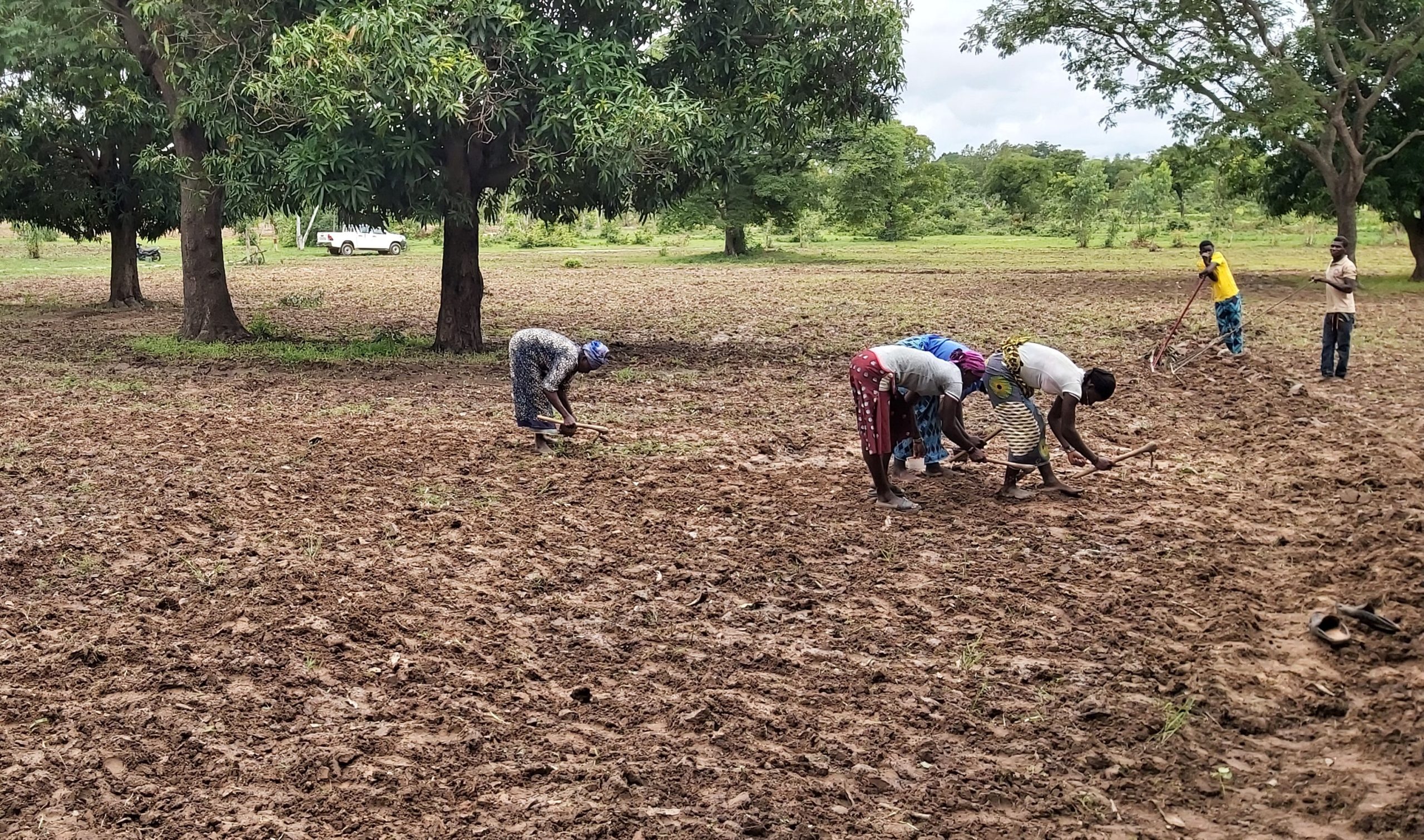
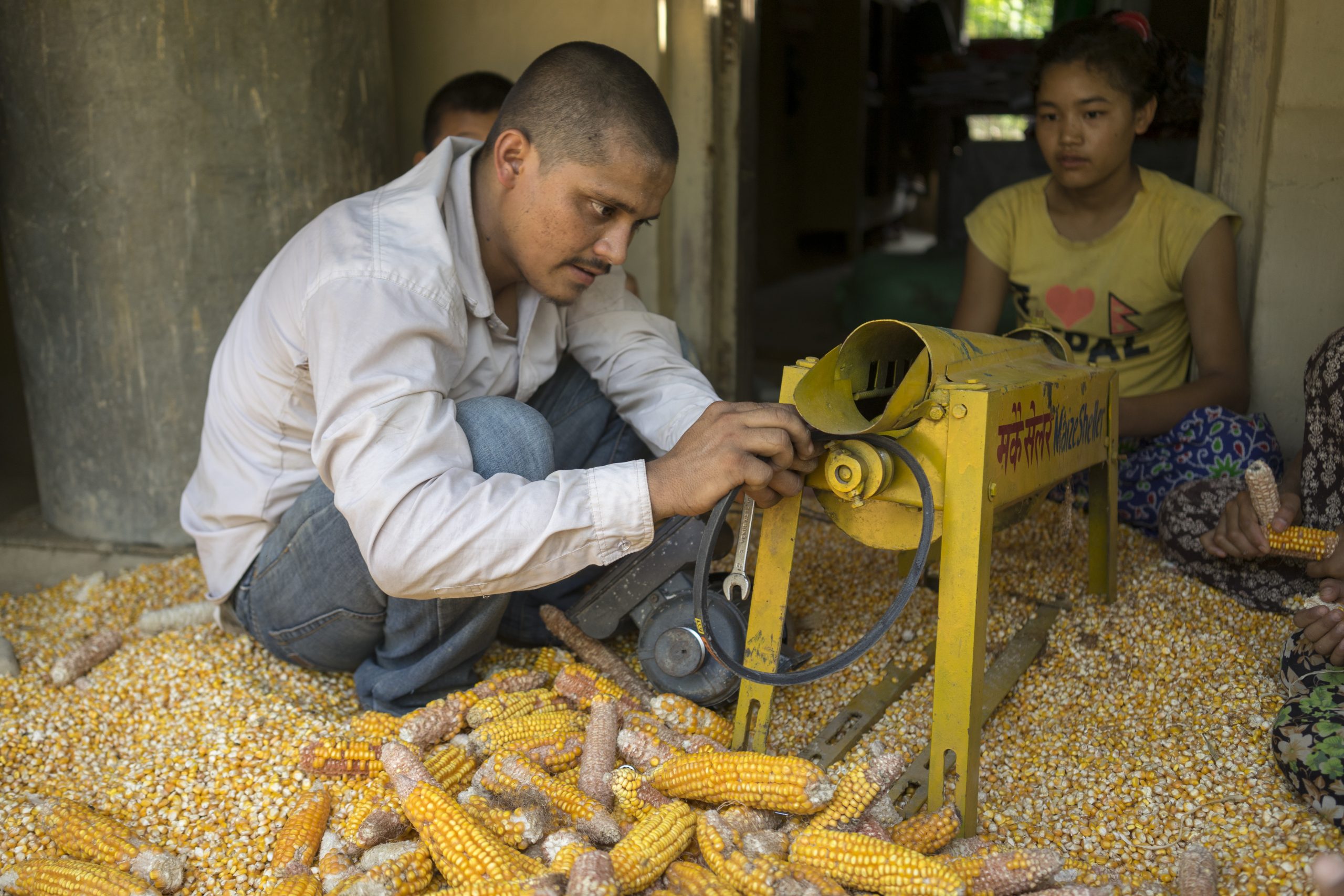
 Climate adaptation and mitigation
Climate adaptation and mitigation 